As SLPs we come across people with Autism sometimes on a daily basis, but what about our family and friends who don’t? Here are some tips you can share with your friends and family for when they are in a conversation with some who has Autism.
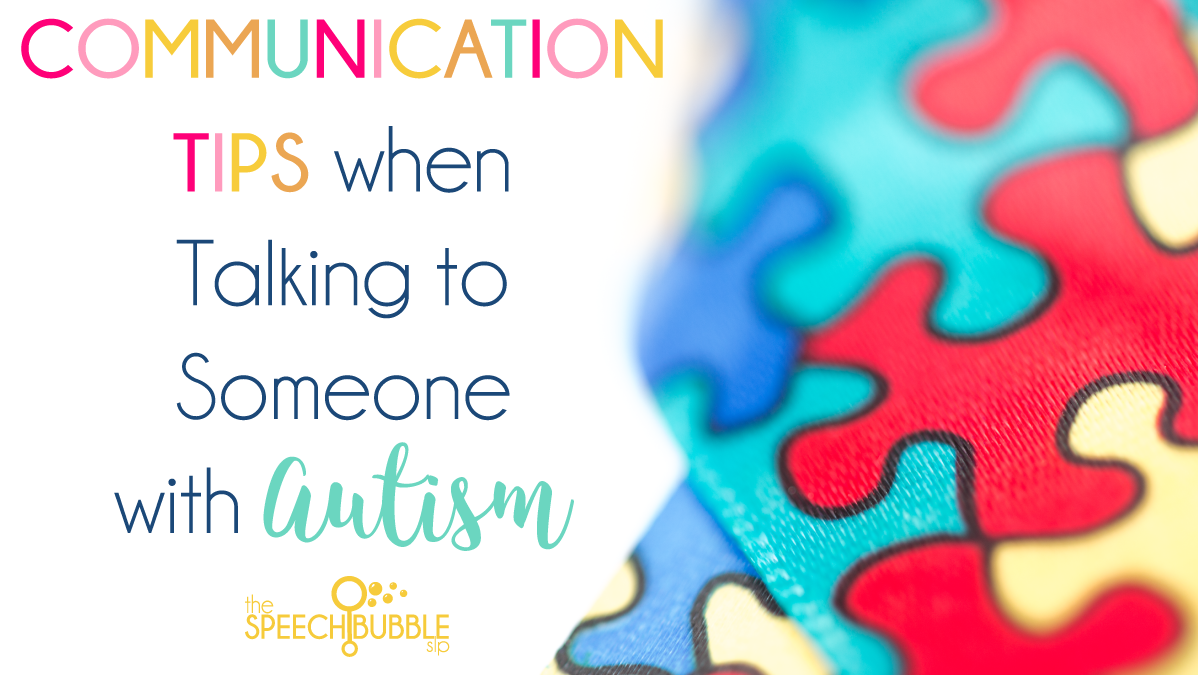
1. People with Autism have difficulties with non-verbal cues. Don’t assume they can figure out that you are running short on time because you are looking at looking at your watch.
2. People with Autism often take things literally and have a hard time understanding implied messages and sarcasm. This can lead to them asking lots of questions that some people make find bothersome. They are just looking for clarification.
3. If it appears that something has been misunderstood, clarify it. Be direct with the information, not rude.
4. People with Autism can be very blunt. If you ask them what they think of your new haircut be prepared to hear what they really think. The concept of a little white lie to spare someone’s feelings is something they do not understand very well. So if they say something along these lines, take a breathe and try not to be offended, it was most likely not said with any intent to upset you. I tried a new shade of lip gloss once and a student, who happened to have Autism, asked what was wrong with my mouth…yeah, that was great. I chuckled. I knew he didn’t mean anything hurtful by it but that it probably wasn’t a look of my he was a fan of. So just keep in mind, snapping at them for something they didn’t know or mean won’t help the situation.
5. Try not to speak down to someone with Autism or patronize them. Speaking at a slower rate or with a louder voice will not get your point across easier or make the conversation smoother. You wouldn’t want someone to speak to you that way, right? Speak to them with the same tone as you would a peer and not like your cocker spaniel or a toddler.
6. Try to avoid shouting, getting close to whisper, or touching. Some people with Autism can be very sensitive to loud noises and touching. Also, getting to close can cause extreme discomfort. Just keep it casual.
7. Don’t expect eye contact. This is an area that people with Autism struggle with. Keep in mind, just because they are not looking at you doesn’t mean they aren’t listening.
8. People with Autism tend to like to discuss their favorite subjects and have difficulty transitioning topics. Having a conversation is difficult for people with Autism. This simple act can frustrate them and make them nervous. Talking about a subject they feel confident and comfortable with helps to ease some of that discomfort. So if the conversation keeps going back to baseball, it is not necessarily because they don’t care what you have to say, it is just their way of making the interaction less stressful and more manageable.
9. Don’t assume that because they are not acting excited or upset by your news that they don’t have empathy or care. They just process this information differently, more analytically. So, why you may be thrilled that you got the perfect gift for your mom and that you had a coupon; they may understand you are happy that you got the gift you wanted and it would make sense that the price would be less if you had a coupon. It’s a good, but nothing to jump and down about in their mind.
10. Be patient. Yes, communication with someone with Autism can be difficult at times, but you can also have some of the most amazing conversations and learn so much. People with Autism see the world through a different pair of glasses than most of us. Keep an open mind and you may be surprised where it will take you.
One final thing, not necessarily a tip but a word of advice. If you have met one person with Autism, then you have met one person with Autism. They have different strengths and weaknesses, just like anyone else. Do not assume that because your cousin with Autism is upset by loud noises, that your new neighbor with Autism is as well. Remember, Autism is a spectrum, not a line.








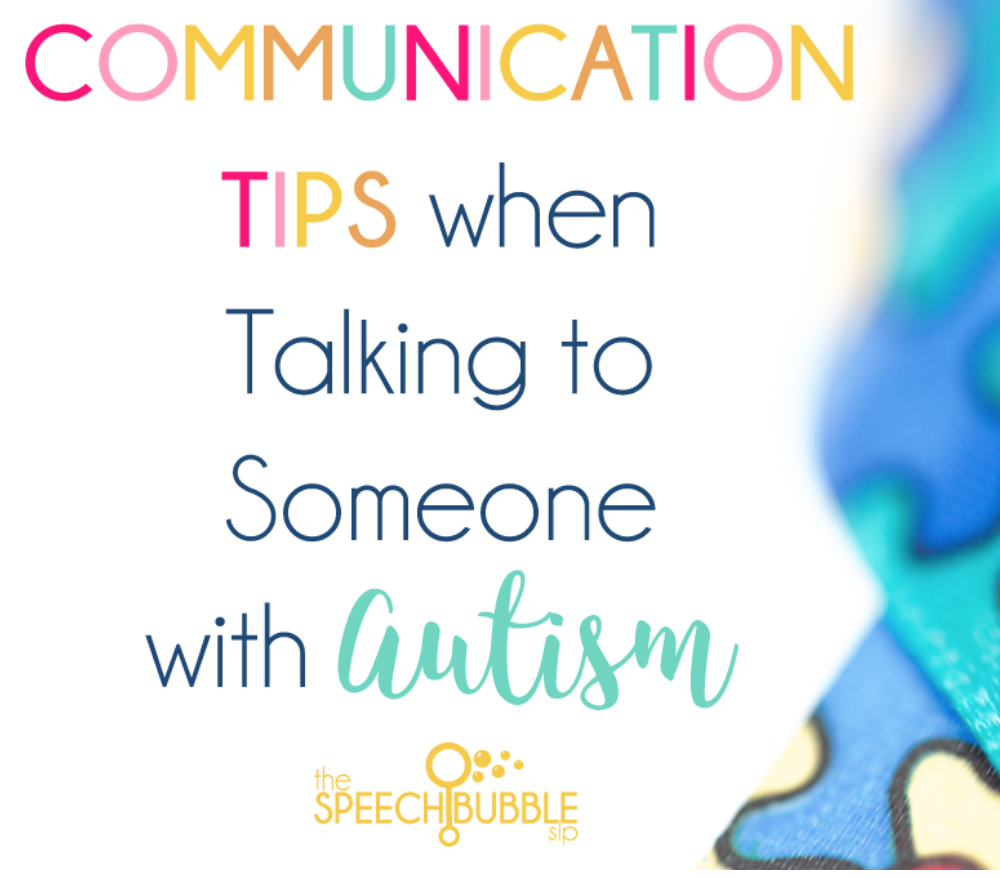
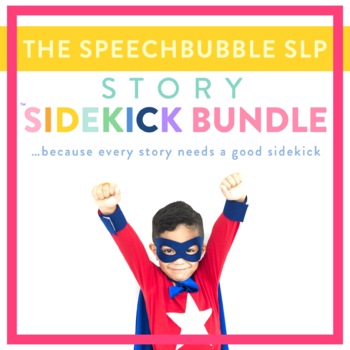
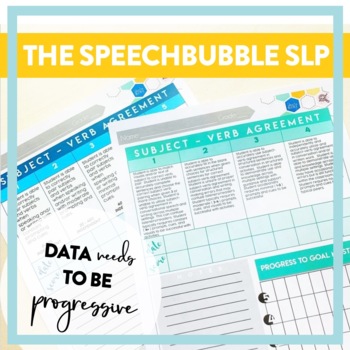
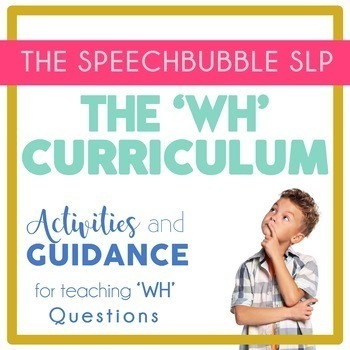



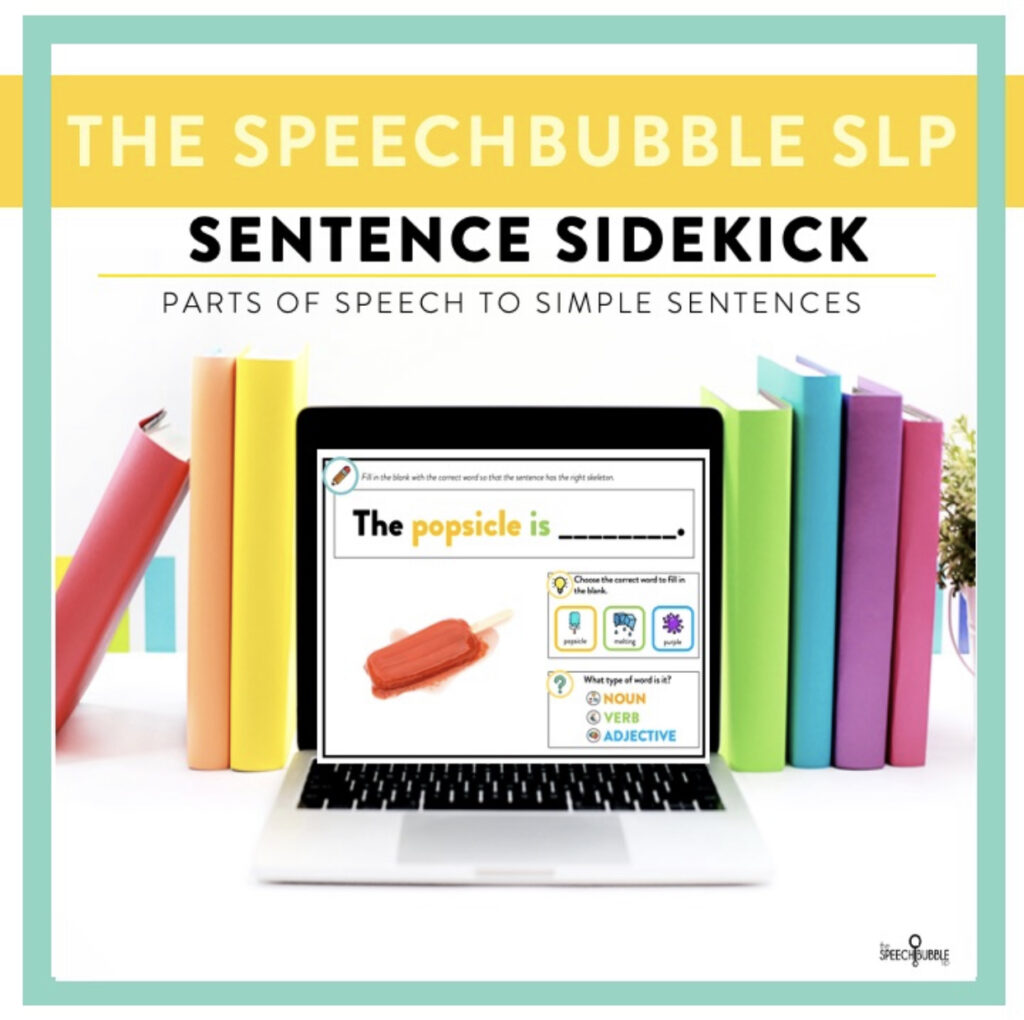


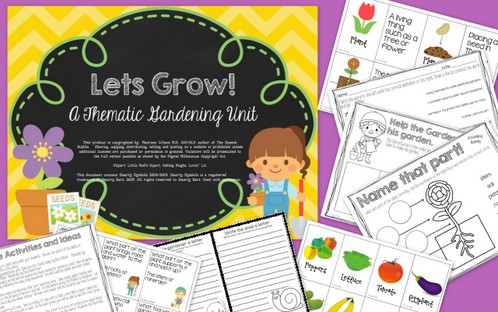


5 Responses
Excellent tips!
This is a wonderful and concise resource! I would love to use this the way you have designed it. I love the cover and all. 🙂
Nice tips!Thanks for sharing.
Thanks so much!
Nice post.